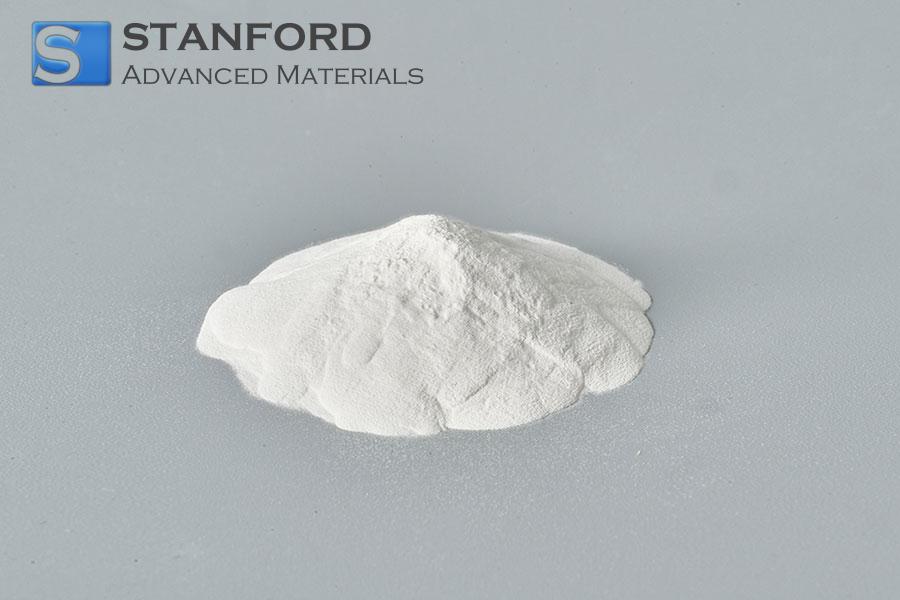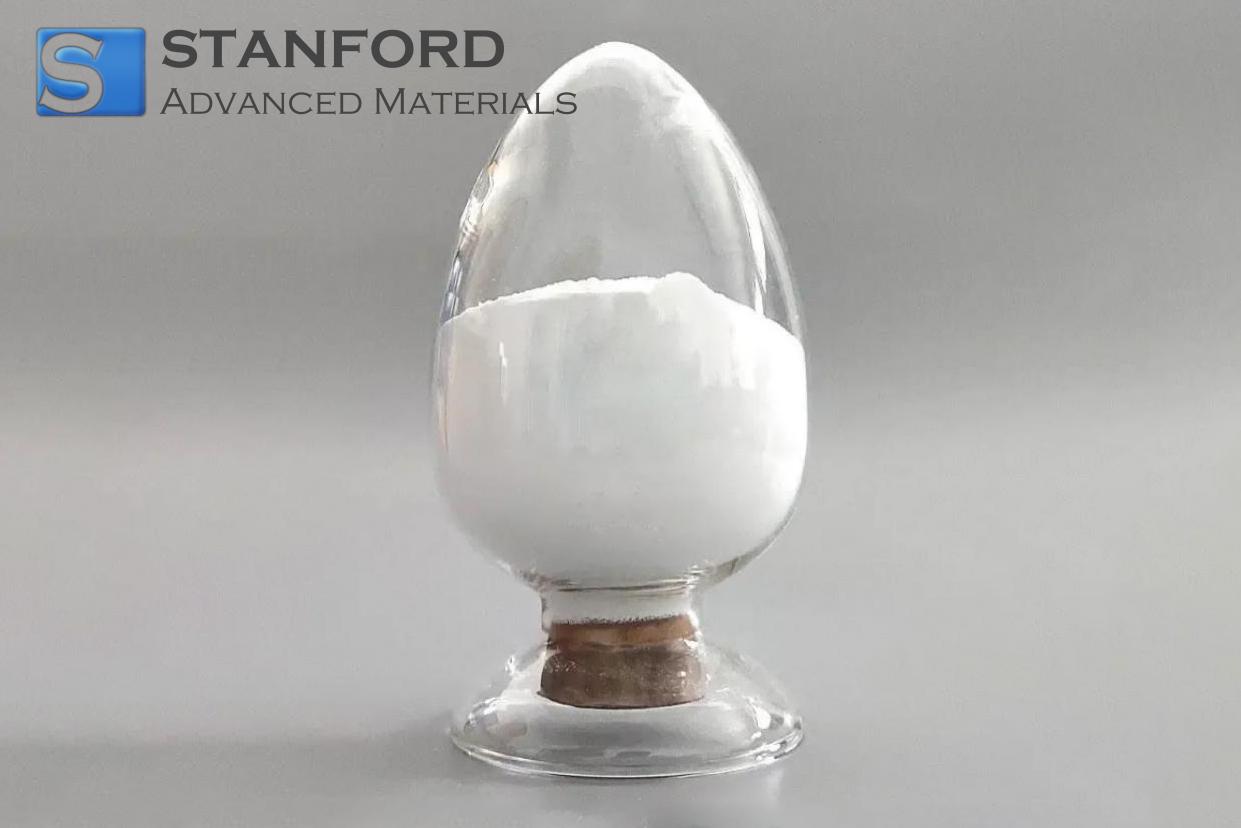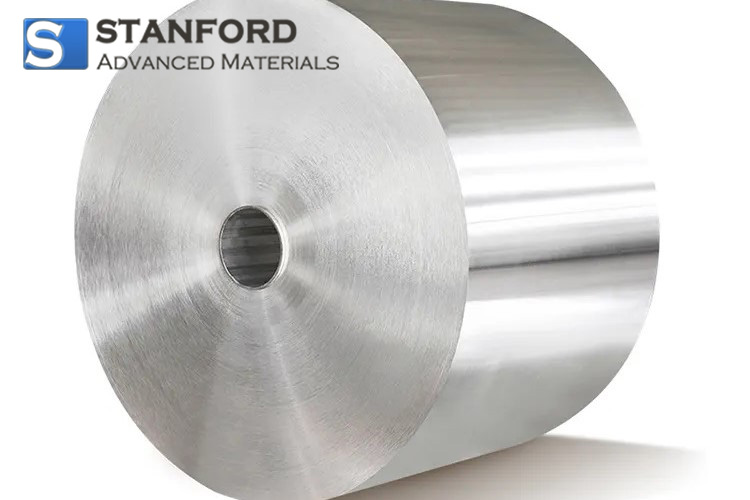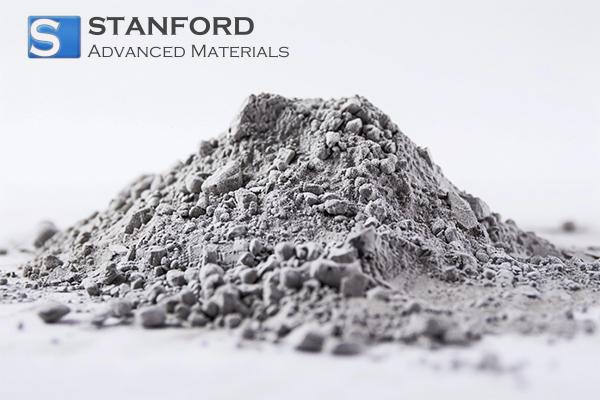The Firefighter Uniform: A Shield In A Blazing Fire
Uncontrolled fires cause severe hazards to urban areas. In such events, the elevated temperatures and rapid flame propagation hinder safe entry and exit. A dedicated group of personnel consistently responds to these emergencies. These individuals are the firefighters.
Firefighters are ordinary individuals. Their capacity to operate in high-risk conditions and to rescue lives is attributable to the specialised protective clothing they wear. The firefighter uniform is a critical component in maintaining personal safety during fire suppression activities. It serves as an integral element of the fire brigade and provides physical protection against injuries.
The firefighter uniform is manufactured from specialised materials engineered for multiple functions. It is both flame resistant and thermally insulating, while also offering resistance to corrosion from chemical substances such as acids and alkalis. The uniform exhibits antistatic properties and is designed with a broad, thick structure to ensure freedom of movement. Modern firefighter uniforms comprise several layers. The outer layer contains a reflective component, the middle layer provides water resistance, and the inner layer offers thermal insulation.

The reflective layer consists of a thin aluminium coating that reflects a large proportion of incident thermal radiation. The water-resistant layer is typically made from Polytetrafluoroethylene (PTFE). PTFE does not absorb water nor expand upon exposure to it. It can withstand temperatures as low as -269.3 ℃ and as high as 250 ℃, and remains stable when exposed to strong acids and alkalis. PTFE is widely used in technical applications because of its stable dielectric properties under changes in electromagnetic frequency and temperature.
The internal thermal insulation of the protective suit is high-temperature resistant and fire retardant, and is generally manufactured using fire retardant fibres. Aromatic polyamide fibres, also known as aramid fibres, contain amide groups and benzene rings derived from acyl and amino groups. Aramid is a synthetic fibre commonly employed to provide thermal protection in firefighter uniforms.
The reflective, water-resistant and insulating layers collectively provide a reliable level of protection, thereby enabling firefighters to work under conditions of elevated thermal risk.

 Bars
Bars
 Beads & Spheres
Beads & Spheres
 Bolts & Nuts
Bolts & Nuts
 Crucibles
Crucibles
 Discs
Discs
 Fibers & Fabrics
Fibers & Fabrics
 Films
Films
 Flake
Flake
 Foams
Foams
 Foil
Foil
 Granules
Granules
 Honeycombs
Honeycombs
 Ink
Ink
 Laminate
Laminate
 Lumps
Lumps
 Meshes
Meshes
 Metallised Film
Metallised Film
 Plate
Plate
 Powders
Powders
 Rod
Rod
 Sheets
Sheets
 Single Crystals
Single Crystals
 Sputtering Target
Sputtering Target
 Tubes
Tubes
 Washer
Washer
 Wires
Wires
 Converters & Calculators
Converters & Calculators
 Write for Us
Write for Us




 Chin Trento
Chin Trento



